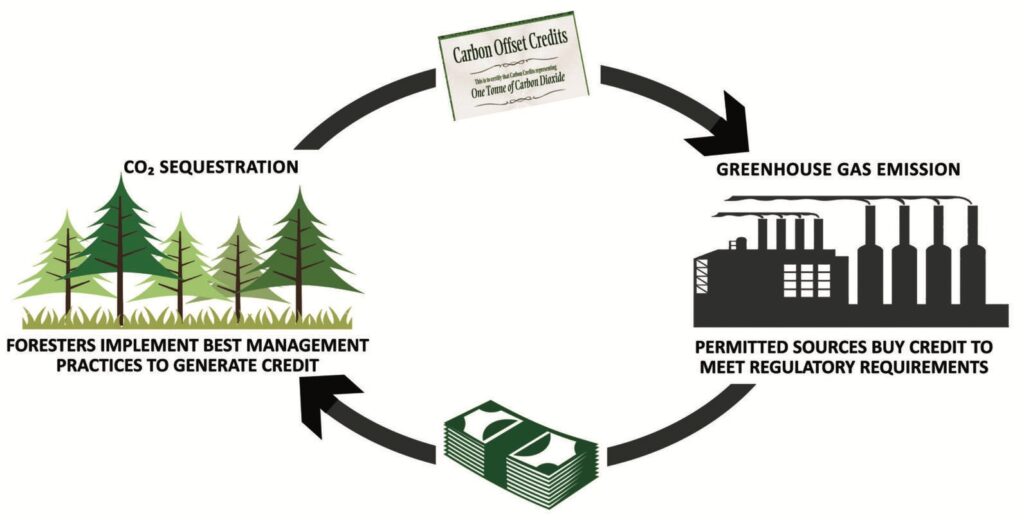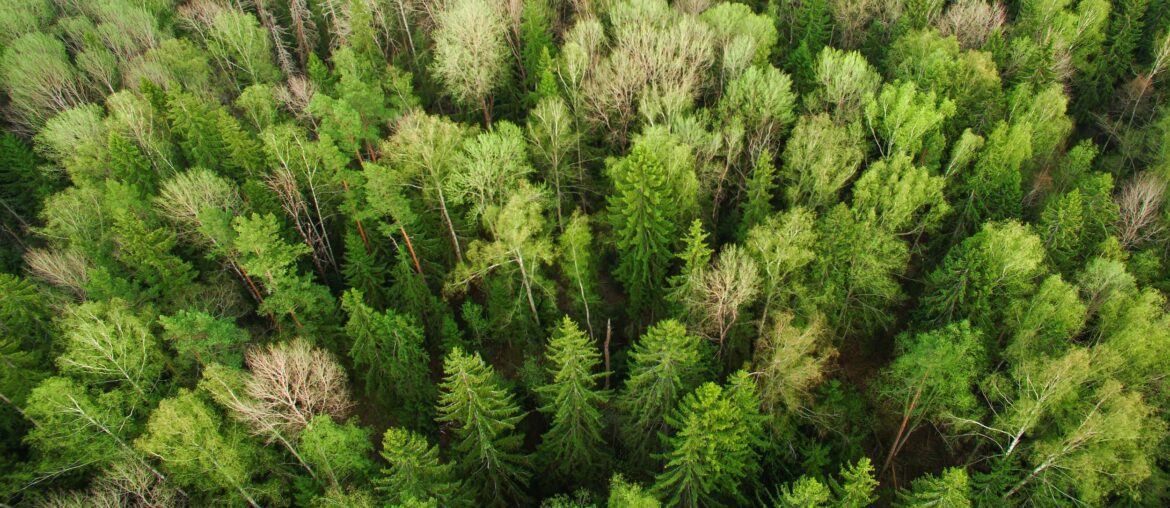Since the introduction of the carbon credit mechanism, carbon credit trading activities have become more and more active. During this period, forests become a promising source of carbon credits, bringing a lot of economic benefits to individuals, businesses, and communities. In today’s article, let’s talk about the nature of forestry carbon credits and their impacts on environmental activities in general.
What Are Carbon Credits?
Before diving deeper into the importance of forestry carbon credits, we need to understand their nature and how they work. The concept of carbon credit and its mechanism of action first appeared and received ratification in the Kyoto Protocol held in 1997. This is one of the member countries’ efforts to reduce overall emissions of carbon dioxide as well as other greenhouse gases from industrial activities. Until 2011, 191 countries participated in the program.
The Kyoto Protocol introduced the Clean Development Mechanism (CDM), in which the generation and trading of carbon credits were mentioned. According to the protocol, each country has a carbon emission quota called Assigned amount units (AAUs). One AAU is equivalent to 1 ton of carbon dioxide. The government will set specific emissions quotas for that country’s operators. When a country or operator generates less carbon dioxide than its available quotas, permanently eliminates, or prevents the emission of a ton of carbon dioxide in the first place, they receive additional carbon credits.
If an operator emits more carbon dioxide than its emissions quotas, it will be penalized for breaching the commitment. In this case, the Emissions Trading Mechanism within the protocol allows operators to sell their unused carbon credits to those exceeding their quotas.
However, do not misunderstand carbon credits as a permit to release carbon dioxide. No matter how high the energy demand is, the total emissions must stay within limits. This means greener countries or operators with a lower carbon footprint will have to make up for those with excessive carbon emissions.
Forestry Carbon Credits – A Way To Make Reforestation Profitable
In reality, carbon credit transactions often take place between operators. Nevertheless, there is a natural source of carbon credits that not so many people pay attention to. Yes, I’m talking about forests.
Although not the cheapest option, reforestation and conservation are still very popular when it comes to carbon offsetting. Forestry carbon credits are created when new trees capture carbon dioxide from the atmosphere. They are also created when older trees are well protected so that they do not release carbon dioxide. Different trees have different carbon sequestration capacities, but on average, a mature tree can absorb about 50 pounds of carbon dioxide per year. With 45 trees, we can create 1 carbon credit within a year, and 45 carbon credits within 40 years.
We can indeed make reforestation profitable from these credits. Basically, buyers pay money to purchase forest-created carbon credits. The sellers then use this money for the purposes of forest regeneration and conservation.

In 2021, Mozambique sold 1.3 million carbon credits to the World Bank’s Forest Carbon Partnership Facility (FCPF). FCPF has also planned to buy 10 million carbon credits created through 2024 from this country. This is not just an effort to reduce carbon emissions, but also to save this country’s forests and help the people there benefit from conservation.
Gabon – a country with 88% of the territory being forest – is also planning to sell 90 million of its 187 million carbon credits before COP27. The country can make up to 291 million dollars from this.
These examples are the clearest evidence that forest conservation and reforestation bring not only environmental but also economic benefits. Many countries, organizations, and individuals have realized this. As a result, they’re trying to make trading forestry carbon credits one of their economical strengths.
Every Coin Has Two Sides
Despite such outstanding benefits, everything comes with pros and cons, and forestry carbon credits are no exception. Environmentalists have thought of worst-case scenarios, and they have also taken into account all the corresponding outcomes.
Most of the forestry carbon credits on the market are from pre-stored carbon in old trees, not additional plantations. If that is the case, then the forestry carbon credit ratio would have little to do with the improvement of the carbon storage capacity of forests. This goes against the initial purpose of forest conservation and reforestation, which is to tackle environmental problems.
Besides, many operators are also taking advantage of carbon credits in general as golden tickets for polluting. They rely on the fact that these credits are available at relatively low prices (from $5-$10), so they keep buying instead of opting for more efficient solutions such as wind or solar energy. This will make operators lose the incentive to decarbonize their businesses, and this is indeed a huge setback.
Conclusion
Whatever scenario we’re talking about, if forest conservation and reforestation are not geared toward forest growth and resilience, we’ll fail. At the end of the day, we plant trees to fight climate change, not just to sell carbon credits. We should only see them as a gift from the successful reduction of carbon dioxide and other greenhouse gases, not as the ultimate goal.
Tenere is also working on forest conservation and reforestation, and we clearly know the value of forestry carbon credits. But that’s not our goal. The true environmental benefits are what we’re looking for, and we know a lot of people are also on the same page as us. Join us now to plant trees with us.









